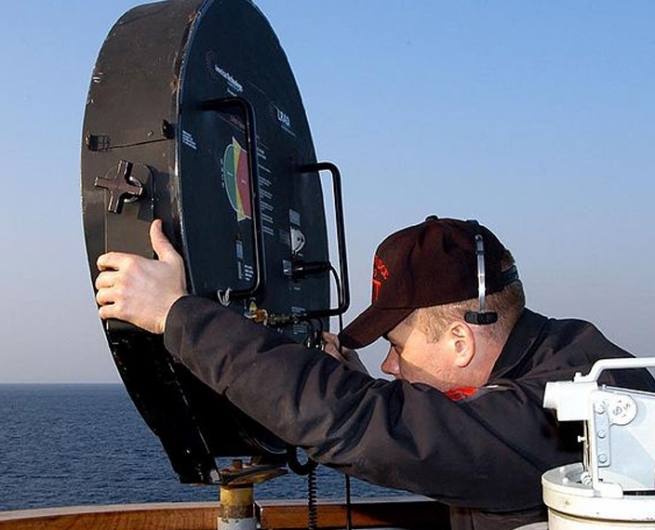
Sound is territory. Birds know it, young men in boom cars know it, and the U.S. military’s Psychological Operations Company knows it. So when it was announced that the integrated security unit charged with enforcing the law during the G20 meetings in Toronto last June could chose to use the sonic cannon’s 150 decibels to disperse the gathered public, it was not a surprise to those of us who listen.
Increasing awareness of sound’s ability to manipulate productivity, physical comfort, mood, and even cognitive processes has led musicians and composers to critically engage with issues of sound and power, from as early as the 1960s, with the forward-thinking World Soundscape Project (WSP) in Vancouver. Composers Barry Truax, Hildegard Westercamp, and R. Murray Schafer, founding members of the WSP, began their work by increasing the awareness of sound environments and their transformations within increasingly industrial environments. In their first study, composers and students from Simon Fraser University, where Schafer was teaching, recorded the Vancouver soundscape. By identifying, capturing, and archiving the soundscape they were able to educate others about the importance of preserving the balance between living organisms and their sonic environment. Forty years later, acoustic ecology is a recognized discipline the world over, and the members of the World Forum for Acoustic Ecology actively research and study the world’s soundscapes, endeavouring to protect existing acoustic ecologies and to deepen listeners’ understanding of environmental sounds and their meanings.
In music, the manipulation of sound environments through pitch, rhythm, timbre, and text has provided powerful avenues for extreme behaviour manipulation, from forms of coercion to social change. In terms of coercion, the invention of the loudspeaker transformed what was once a simple act of aural sensing—sounding and listening—into the an act of listening without the option to sound back and be heard.
No organization exemplifies this transformation more than Muzak. Established in 1934, Muzak supplied background music for workplaces, with the selling feature of improving productivity among workers. With its purposefully homogenized music, designed not to intrude on foreground tasks, in the ’60s Muzak became a lightning rod for discussion around unsolicited music and its possible coercive effects. In the ’90s, with flagging sales and in an attempt to rebrand itself, Muzak pioneered the technique of “audio architecture,” in which custom music playlists are engineered for specific clients with specific marketing needs—a technique so useful, it was quickly co-opted by coffee retail giant Starbucks.
In reaction to forms of sonic control, incredible sound worlds have emerged, from the Futurists and musique concrète to the noise worlds of Brian Ruryk. In this issue of Musicworks we feature musicians that use sound to subvert the status quo, striving to effect social change, convey religious or political values, or reflect their sexual identity.
The work of Urbanvessel, an interdisciplinary collective, occupies the middle ground between art and activism. The members of the collective are committed to social justice and unblinkingly incorporate this into their non-narrative operas. The focus of past productions has included the dehumanizing nature of the garment industry in Stitch, and personal hygiene and homelessness in Slip. In their latest work, Voice-Box, the all-female cast examines power and gender within the context of female boxing.
With a similar focus on sound and social issues within an alternative musical approach, Henrik Rylander’s work, discussed in our feature on Swedish sound art, often looks at the dystopian world of state-controlled access to information. His art is firmly rooted in industrial music, a genre that grew in response to a place and time when citizens of the Western world began to question the intentions of the state.
Born into a part of the world where the state’s actions are often informed by religion, Israeli-Canadian Eldad Tsabary uses his experiences as a child growing up in the war-torn Middle East to inform his electroacoustic work. He has a strong desire to bring people together and his work is an extension of this, mixing electroacoustic genres and world religions in a searching and often harmonious way.
Electroacoustic pioneer Barry Truax is known for his work with granular synthesis and soundscape composition—facets of experimental music that are not often overtly reflective of queer lifestyles. But when he came out at thirty, he decided it was time that his art began to reflect his sexual reality. Since then he has acted as a quiet trailblazer for many queer composers.
All of these artists represent the best of what experimental music has to offer: to sound back and be heard.
Image: A U.S. Navy serviceman aims a sonic cannon at an incoming boat. Image by: Public domain.